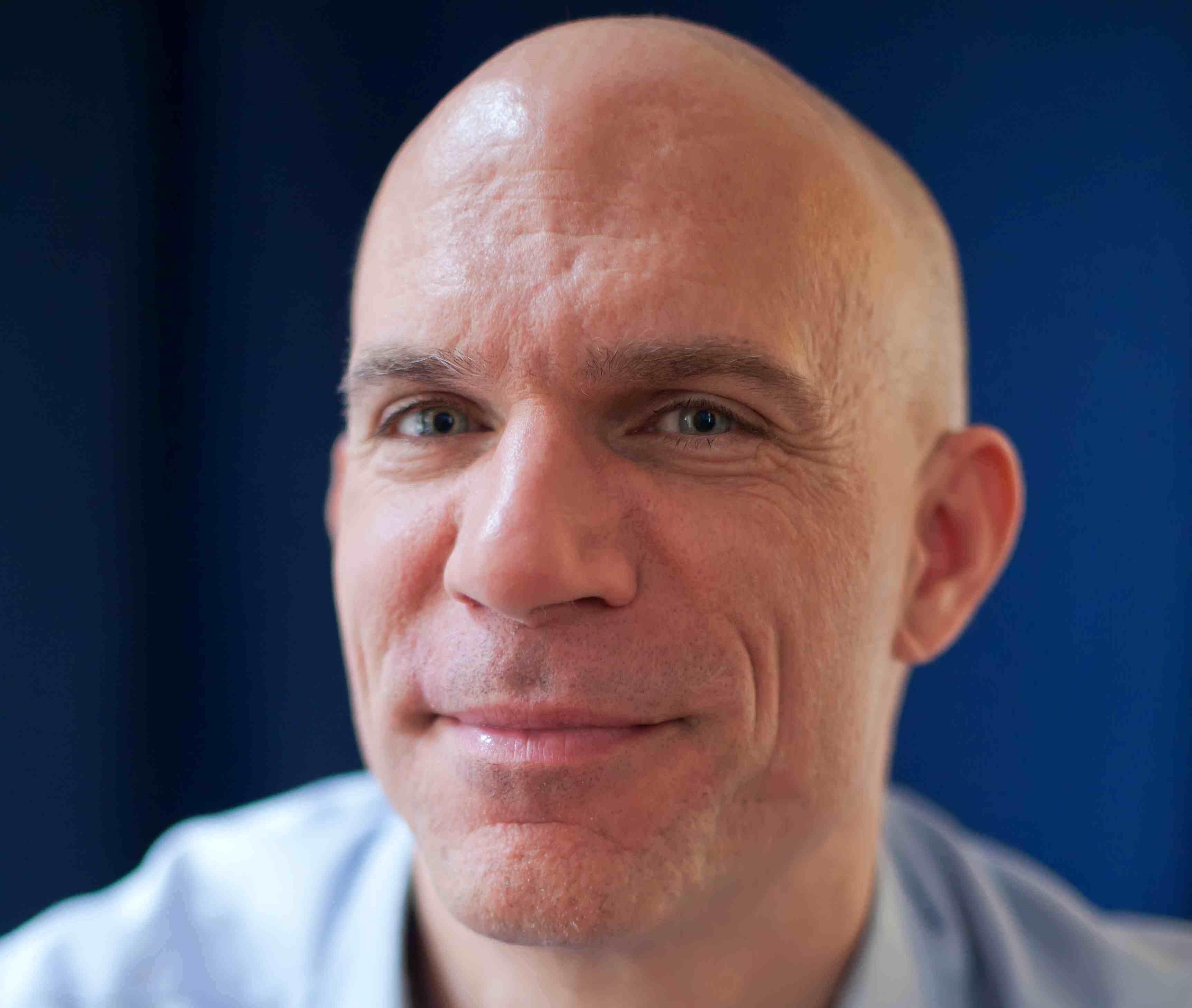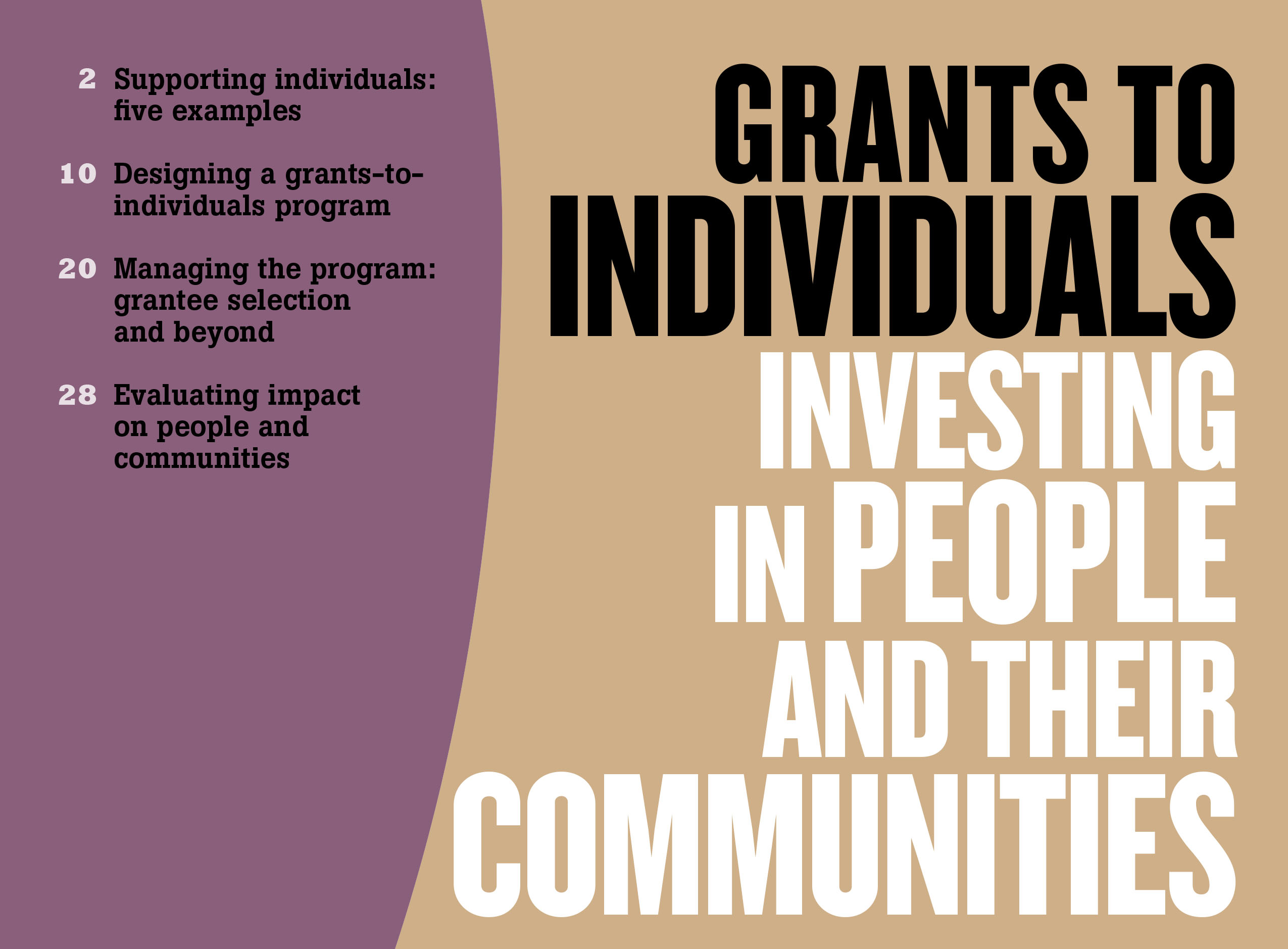Giving Support in an Emergency Foundation for the Mid-South and Greater Houston Community Foundation
In the wake of Hurricane Katrina, “everybody in the area was in need, so we had to figure out who to help,” said Ivye Allen, president of the Foundation for the Mid South (FMS), in Jackson, Mississippi. FMS worked with long-term corporate partner Entergy to create the Power of Hope Fund, intended to help the company’s customers and employees recover. As FMS’s office started to get swamped with more than 30,000 applications, it became clear that they would need more than the three people they had to review applications, and additional readers were recruited from a local law school. “No one anticipated the sheer volume of applications,” Allen said, “and a lot of the internal systems weren’t in place.” Disbursing the funds was another challenge, since many grant- ees were moving from place to place, and some had lost their identification. The credit union that FMS partnered with had its own paperwork, as did the IRS. Still, the fund managed to distribute bank cards or checks to more than 4,000 people.
The Greater Houston Community Foundation (GHCF) also funded individuals affected by Katrina. President Stephen Maislin noted that once the foundation established criteria, the process was fairly mechanical: staff oversaw volunteers, who reviewed applications; successful applicants were scored and funded according to their losses — car, home, both. Getting the money to grantees proved to be tricky, since many banks were closed or in disarray; the foundation used checks and Western Union, with mixed results, getting $1,000 or so to each grantee. “It was hugely time-consuming,” Maislin recalled.
Despite the enormous challenges of supporting individuals in crisis, neither foundation regrets doing it. Both learned a lot about how to administer grants
the next time — if there is a next time. Allen said that her organization would take more time to establish specific eligibility criteria and working systems. Maislin echoed this sentiment, saying, “We found that we needed to slow down a little bit.” Counterintuitive as it may be to slow down in an emergency, the two leaders believe that strong systems make grant making more effective over the course of disaster recovery. Some systems can be set up well in advance, but — since each disaster is unique — others can be created only in the moment. Next time, Maislin said, GHCF would partner only with companies that have a strong infrastructure: “If employers aren’t well managed or have bad tech services, the pressure falls on us more and we can’t help people as much. We’d give preference to companies that already partner with us, partly because that’s business, and partly because we know we can work well with them.” Allen said that her organization might decide to fund entirely through organizations.


